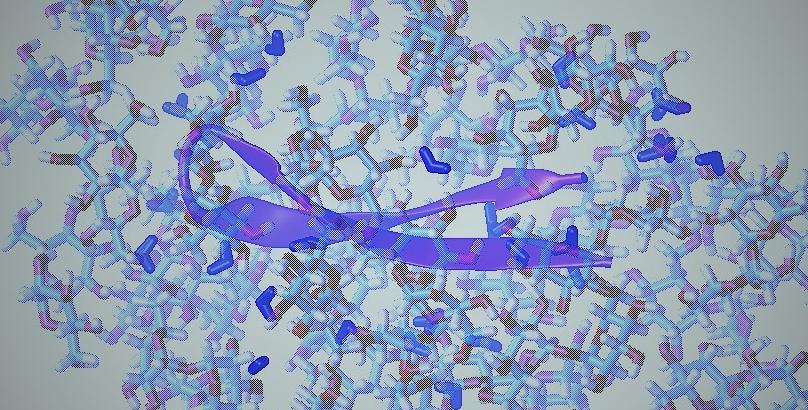Glycine Betaine osmotic pressure vs. molality at 25 degrees Celsius
References
Please cite the following references when using this data:
Shakhman, Yuri, and Daniel Harries. "How glycine betaine modifies lipid membrane interactions." ChemSystemsChem 3, no. 5 (2021): e2100010. https://doi.org/10.1002/syst.202100010.
Osmotic pressure was measured using VAPRO 5520 Wescor osmometer.
| Shakhman et al | |
| [molality], mol/kg | Osmolality, Osmolal |
| 0.009 | 0.001 |
| 0.019 | 0.011 |
| 0.100 | 0.099 |
| 0.111 | 0.098 |
| 0.201 | 0.199 |
| 0.213 | 0.199 |
| 0.301 | 0.314 |
| 0.306 | 0.308 |
| 0.399 | 0.426 |
| 0.407 | 0.422 |
| 0.504 | 0.546 |
| 0.505 | 0.534 |
| 0.701 | 0.782 |
| 0.703 | 0.763 |
| 0.844 | 0.934 |
| 0.850 | 0.955 |
| 0.991 | 1.115 |
| 0.995 | 1.132 |
| 1.208 | 1.394 |
| 1.466 | 1.725 |
| 1.503 | 1.785 |
| 1.753 | 2.112 |
| 1.966 | 2.375 |
| 1.999 | 2.398 |
| 2.479 | 3.359 |
| 2.498 | 3.145 |
The osmolality in this concentration range fits the following quadratic polynom: Osmolality=0.117*m^2 + 1.003*m.
The molality of betaine in water can be estimated from the refractive index at 25 degrees Celsius according to the following term:
[Betaine], mol/kg = 496.892*RI^2 - 1266.500*RI + 805.356

